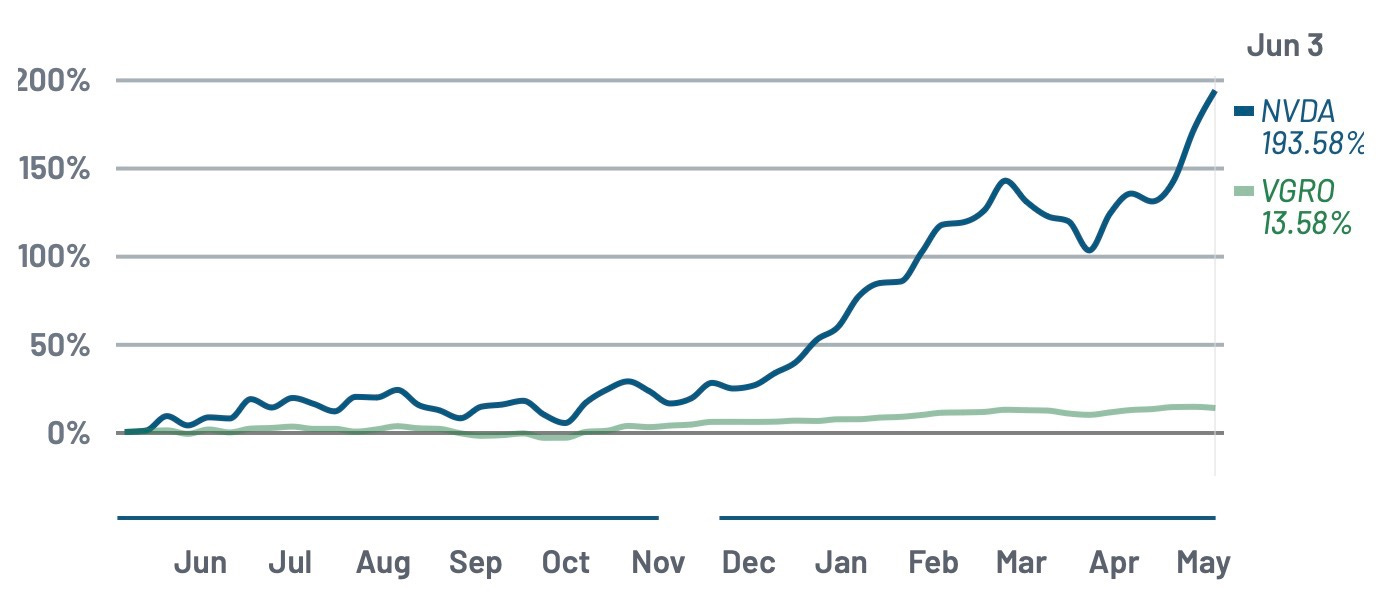Back to the breath
What mindfulness meditation can teach us about sticking to our financial plan
In mindfulness meditation, a meditator can use the breath as a focal point for attention.
Human conscious experience is a dizzying swirl of thoughts, sensations, fears, hopes, images, etc. One quickly realizes this when they start paying attention in meditation.
The breath offers an off-ramp to mental stillness. By focusing on our breathing—in and out—we can turn down the volume of the cacophony in our brains.
Seems so straightforward, right? Focus on breath, get clear brain.
But it’s not. And I’m constantly reminded of this every time I meditate. Within seconds—maybe even milliseconds—of sitting down on the meditation mat easy chair, my brain starts churning out elaborate daydreams and highlight reels from my day, my body turns into a swarm of aches/pains/itches, and the environment around me explodes with noise (kind of like that factory scene in the Bjork movie ‘Dancer in the Dark’).
As soon as I muster the attention to focus on my breath, it drifts off again thinking about what I’ll make for dinner tonight or if I remembered to close the garage door.
Then it’s momentarily back to the breath...and gone again...and back again...and so on.
Give it a try. Take a few seconds to do a mini-meditation. Close your eyes. Take a deep breath or two and then try to hold your focus on your breath…
See what I’m talking about? Not easy.
It is humbling to be sure.
Take solace in the fact that shifting attention is just something that our brains are designed to naturally do. Intently focusing on one thing is like trying to swim upstream and counteract the work of millions of years of evolution.
Also take solace in that it gets easier to focus with time and practice. That’s why it’s called a “meditation practice.” Dan Harris, of 10% Happier fame, refers to meditation as ‘exercise for the mind.’ We need to put in the time at the mindfulness gym.
I’ve built up my meditation muscles over years of practice, but I still have days when attention flies out the window. On those particularly challenging days, I remind myself of a lesson that I’ve heard echoed by multiple teachers: the whole point of meditation is the moment of realization that your mind has drifted and you bring it back to the breath. In that moment, we get a brief glimpse into the nature of the mind and the potential stillness waiting for us.
I think the struggles of focusing on the breath in meditation evoke the plight of the modern-day investor.
Think about the last time you went on your brokerage account to do some trading. Maybe you had a plan in mind before you logged in. But, once you got on there, taking stock of the returns in your portfolio and getting sucked into the news feed on side of the screen, you started having second thoughts:
“Maybe I’ll mix things up a little. NVIDIA’s been killing it lately and wouldn’t be nice to get a little of that action? Index funds are so boring! VGRO--more like “No GRO!”
It’s hard not to have second thoughts when you see a chart like this:

I consider myself a pretty hardcore ‘passive’ or broad-index investor, but will admit to being constantly tempted to buy the latest hot stock or follow the advice of whatever talking head I happened to hear on TV or a podcast.
These distractions pull me away from my investment plan in the same way my attention is taken away from my breath in meditation.
With the help of mindfulness and Buddhism (not to mention the lessons learned from various unskillful decisions over the years), I find it has become easier to keep my financial goals in mind when I’m buying stuff on the stock market.
It’s also been helpful to write down my personal investing “rules” and frequently refer back to them. The “whole hog” way to do this is with a personal investment policy statement, but I like to keep things pretty snappy:
The Buddh-i$h Investor’s financial manifesto:
- Buy broad index-tracking ETFs
- Keep buying even when it seems like a bad idea (all-time highs tend to follow all-time highs)
- Aim for a 80:20 stock:bond allocation (or whatever works for you)
- Wealth is built over decades and not overnight
I encourage you to come up with your own manifesto. By doing this, you will create the “breath” that you can ‘come back to’ in your investment life.
I don’t envision a time when I won’t fall prey to the investment noise just like I know my attention will always drift from my breath in meditation.
So I’ll keep practicing. Keep bringing my attention back to my breath on the meditation mat easy chair and in my brokerage account.
- The Buddh-i$h Investor
If you’re looking for more:
The White Coat Investor on creating a Personal Investment Policy Statement (PIPS)
Create your own PIPS using this online form from Get Smarter About Money
Build your meditation/mindfulness muscles with these free meditations from 10% Happier

